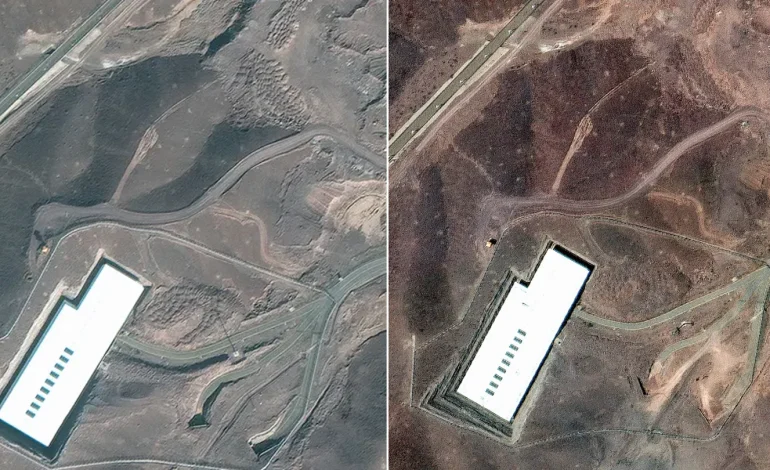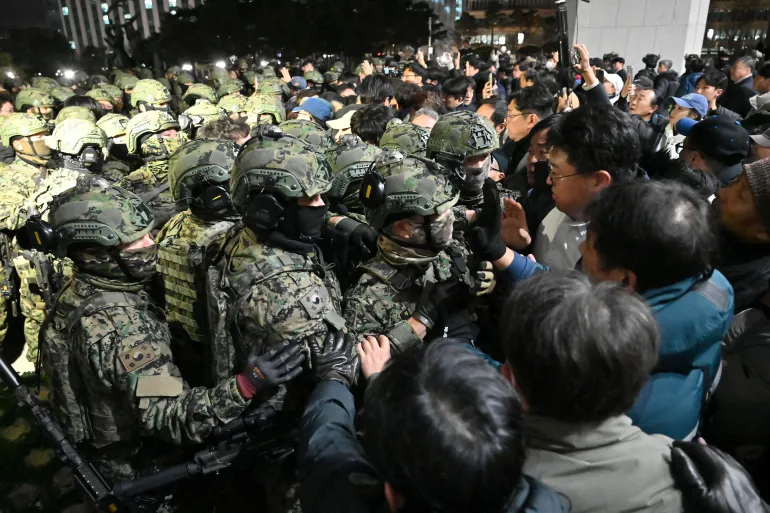U.S. Airstrikes Leave Mark on Iran’s Nuclear Sites, Maxar Satellite Images Reveal

Fresh satellite imagery from Maxar Technologies, captured on June 24, reveals visible damage to three key Iranian nuclear facilities—Fordow, Natanz, and Isfahan—just days after a precision U.S. airstrike mission was carried out using B‑2 stealth bombers.
At Fordow, an underground enrichment site near Qom, the images show multiple craters along access roads and near tunnel entrances. Perimeter buildings appear destroyed, and one crater is visible on the main road into the complex.
Satellite views of Isfahan’s Nuclear Technology Center also illustrate new surface damage, including impacts to tunnel entry points—suggesting that buried infrastructure was among the targets.
Meanwhile, Natanz displays two filled-in craters, consistent with earlier reports of the use of deep-penetrating ordnance in that area.
International Atomic Energy Agency (IAEA) Director General Rafael Grossi confirmed in statements that significant structural damage occurred at all three sites. U.S. officials added that the bombardment dealt a serious blow to Iran’s underground nuclear infrastructure.
The U.S. Department of Defense identified the operation as employing Massive Ordnance Penetrator “bunker‑buster” bombs and precision-guided munitions. Multiple B‑2 stealth aircraft reportedly dropped a combined total of fourteen 30,000‑lb bombs on Fordow, Natanz, and Isfahan.
President Trump described the mission as “a very successful attack,” while U.S. military leaders categorized the damage as “extremely severe.”
Though satellite images confirm impact, independent assessments of long-term effects are still pending. The IAEA has not noted radiation leaks or elevated readings at the sites, but monitoring continues.
With input from Fox News







The latest news in your social feeds
Subscribe to our social media platforms to stay tuned